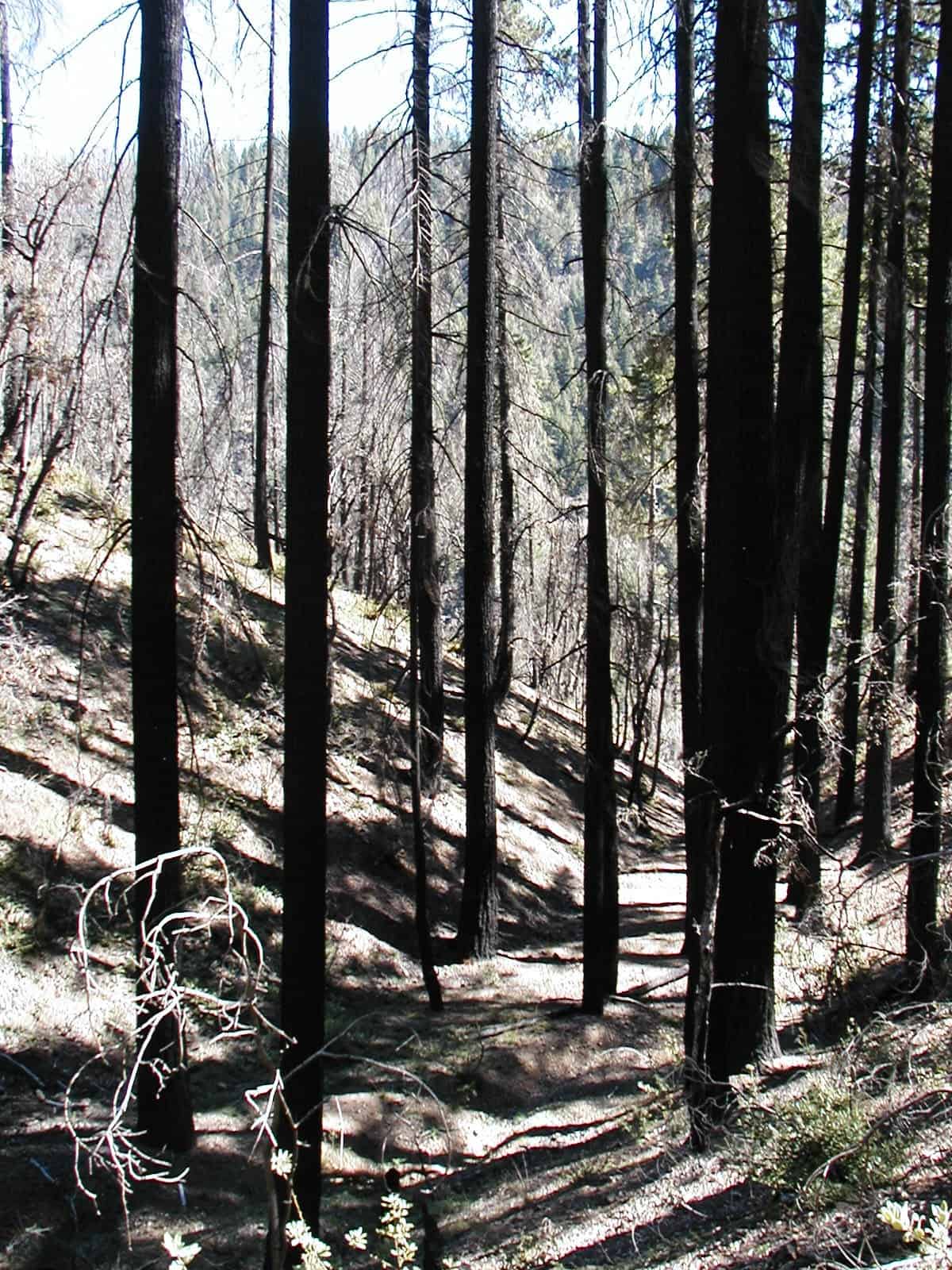Collaboration on forest restoration projects key to sustainability (Go here to see all the hyperlinks.)
Agency Chief testifies before House Committee on Agriculture
WASHINGTON, March 27, 2012 —In testimony on Capitol Hill today, U.S. Forest Service Chief Tom Tidwell emphasized the importance of collaboration in developing restoration projects on national forests and grasslands.
“The aim of these efforts is to move beyond the conflicts which have characterized forest policy in the past and toward a shared vision that allows environmentalists, forest industry, local communities, and other stakeholders to work collaboratively toward healthier forests and watersheds, safer communities and more vibrant local economies,” Tidwell said.
Tidwell emphasized that such collaboration not only results in better projects, but will also create jobs.
His remarks were made before the House Committee on Agriculture’s Subcommittee on Conservation, Energy, and Forestry.
“The Forest Service recognizes the need for a strong forest industry to help accomplish forest restoration work,” Tidwell remarked. “Forest industry involvement also lowers the cost of restoration to the taxpayer by providing markets for forest products.”
Tidwell presented a list of programs already in place at the Forest Service that will enhance the restoration and management efforts on the nation’s forests and grasslands:
– Implementation of the new forest Planning Rule that emphasizes restoration, public involvement, and sustainable management to provide benefits and services both today and for future generations.
– Investing in restoration projects with partners though the Collaborative Forest Landscape Restoration Program. These projects have demonstrated that collaboration among stakeholders can facilitate large landscape scale restoration, thereby improving forest health, reducing wildfire risk, restoring fire-adapted ecosystems, and increasing timber and biomass production from the national forests.
– The Watershed Condition Framework which provides a consistent and comprehensive approach for classifying the condition of the 15,000 watersheds that comprise the National Forests and Grasslands and for prioritizing restoration needs.
– Integrated Resource Restoration which allows the agency to align its budgeting to focus on landscape scale restoration projects across resource areas and, with partners, combine the restorative focus of several line items into a single item.
– The National Cohesive Wildland Fire Management Strategy which is a collaborative process with active involvement of all levels of government, non-governmental organizations and the public working for an all-lands solution to wildland fire management issues.
– The Forest Service bark beetle strategy which focuses management efforts on priority treatment areas to ensure human health and safety and to reduce hazardous fuel conditions on more than 17 million acres of National Forest System lands impacted by bark beetles.
– Use of stewardship contracting which allows the Forest Service to offset the value of the services received with the value of forest products removed. This authority is crucial to collaboratively restore landscapes at a reduced cost to the government.
– Expanding markets for forest products through the development of new markets for woody biomass utilization and green building materials by providing a reliable and predictable supply of biomass for potential investors.
– Research using new technologies and cutting-edge science to help better understand impacts of forest disturbance on natural and cultural resources.
– Use of a new objections process prior to a decision, rather than using an appeals process after a decision. The process tends to increase direct dialogue between the agency and stakeholders and often results in resolution of concerns before a decision is made.
– Improved efficiency of the National Environmental Policy Act process by learning from and sharing the lessons of successful implementation of streamlined NEPA analyses.
“Today, people understand that forests provide a broad range of values and benefits, including biodiversity, recreation, clean air and water, forest products, erosion control and soil renewal, and more. Our goal is to sustain and restore ecosystems that can deliver all the benefits that Americans want and need,” Tidwell concluded.







